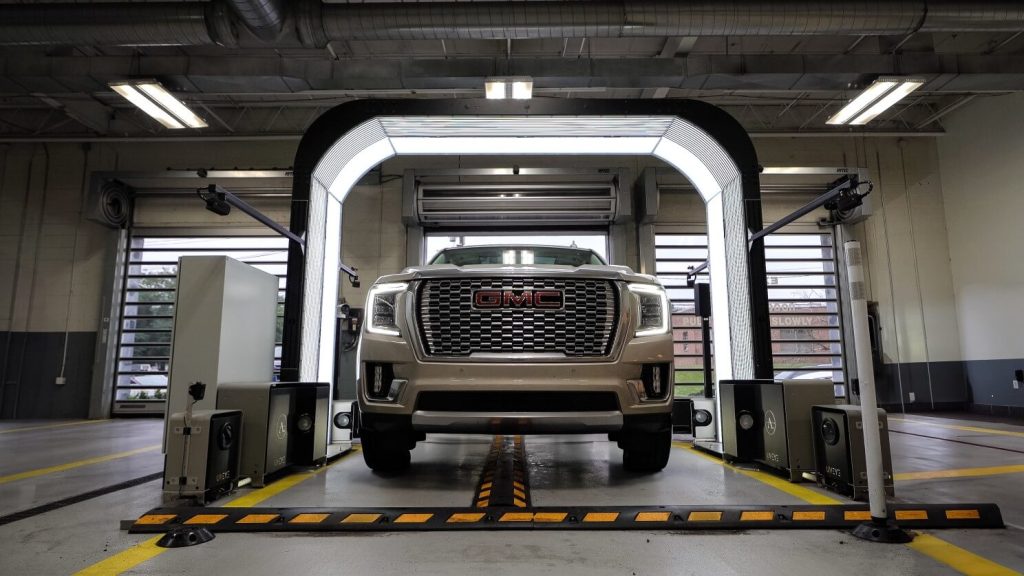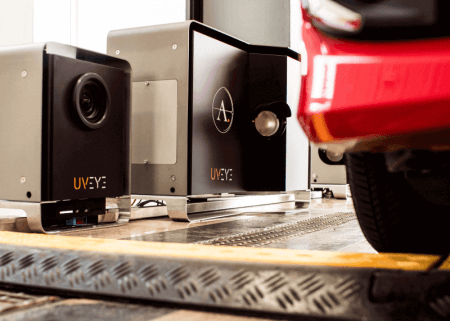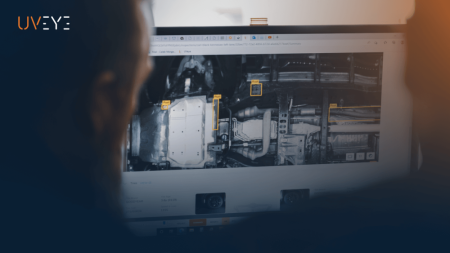
Ask anyone running a service lane or managing recon: there’s never quite enough time. Between incoming appointments, trade-in evaluations, reconditioning bottlenecks, and customer expectations for same-day updates, the pressure is on.
Turnaround time has always mattered—but in today’s market, it’s becoming the metric that separates average operations from high-performing ones. The faster you can assess, decide, and move vehicles through the system, the more margin you protect and the more trust you build.
Why Time Is Tight Across the Board
Whether you’re working in fixed ops or managing a used car department, the clock starts ticking the second a vehicle arrives. And it doesn’t stop until that car is either back on the road or front-line ready.
Staffing shortages, tighter inventories, and growing customer expectations have turned every delay into a friction point. When a car sits in limbo waiting for an inspection, it doesn’t just slow down one department—it can ripple through sales, service, and delivery.
The Impact of Small Delays
A missed damage check can push a recon job back a day. A late tire replacement can hold up delivery. Even something as simple as a delayed appraisal can send a customer elsewhere.
The problem isn’t usually the big stuff—it’s the slow stacking of small delays that add up to hours, then days. And over time, those delays affect CSI scores, net profit, and team morale.
Why Process Speed Now Equals Profitability
Fast doesn’t mean careless. But in modern ops, speed is a competitive advantage. The more predictable and streamlined your workflows, the more time you get back—time that can be spent serving more customers, turning more vehicles, and reducing downtime.
That’s why more operators are auditing not just what their teams do, but how long it takes to do it—and where automation or technology can tighten things up without losing quality.
Where UVeye Fits In
At UVeye, we’ve seen how inspection bottlenecks can quietly slow down entire operations. Our systems are designed to remove friction at a key moment: when the vehicle enters the lane.

Instead of relying on manual walkarounds that vary from person to person, UVeye’s drive-through inspections scan the vehicle’s underbody, tires, and exterior in seconds—giving teams instant clarity without cutting corners.
The result? More cars moving through recon, fewer handoffs between departments, and less guesswork for your service advisors or appraisers. In today’s high-speed environment, you don’t always need more people—you just need better momentum. And it starts with getting the first step right.




